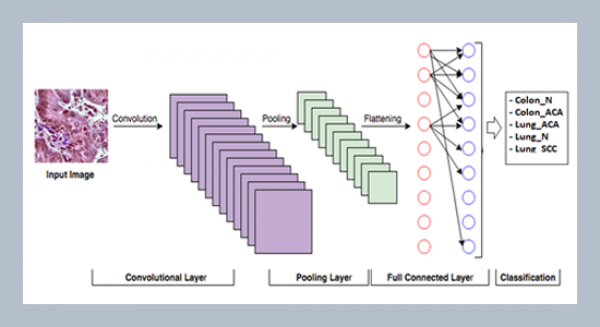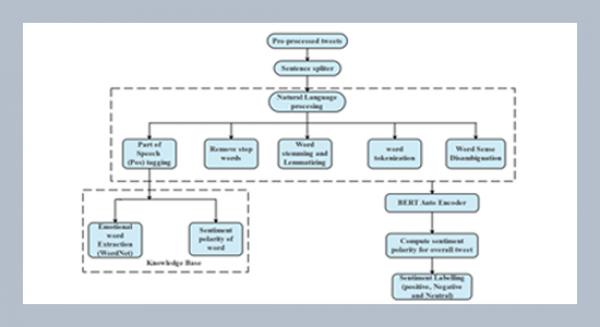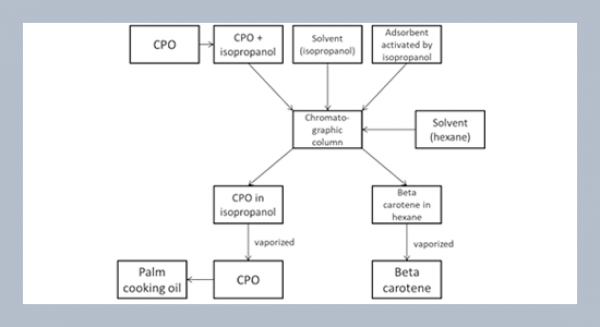Sudesh D. Shambharkar*, P. D. Hamrapurkar, Abhijeet Parate, and Supriya Vijayaraghavan Department of Pharmaceutical Analysis, Prin K. M. Kundnani College of Pharmacy, Jote Joy Building, Rambhau Salgaokar Marg, Cuffe Parade, Colaba, Mumbai, India
Download Citation:
|
Download PDF
Stability is considered one of the most important criteria in pharmaceutical quality control. With this objective a stability indicating high performance liquid chromatographic method has been established for analysis of Pazufloxacin mesylate in the presence of degradation products. The drug was subjected to stress condition of hydrolysis, oxidation, photolysis, thermal degradation. Extensive degradation was found in Oxidative medium. Minimum degradation was found in acid degradation while there was no degradation found in Basic, thermal and photolytic condition. Successful separation of a drug from degradation product formed under stress condition was achieved on C18 column using methanol and 50mM Potassium dihydrogen Orthophosphate (40:60, v/v), pH4.5 adjusted with Acetic acid as a mobile phase. Flow rate was 1ml min-1 and the detector was set at wavelength of 249nm. The method was validated for linearity, range, precision, and accuracy, limit of quantification and limit of detection. Because method effectively separates the drug from their degradation products, it can be used as stability indicating method.ABSTRACT
Keywords:
Pazufloxacin mesylate; stress degradation; stability indicating method; RP-HPLC.
Share this article with your colleagues
[1] Maryadele, J. O., Patricia, E. H., Cherie, B. K., Kristin, J. R., Catherine, M. K., and Maryann, R. D. 2006. The Merck index. 14th edition. United states Pharmaceutical company Merck & co., 1217.REFERENCES
[2] Zhanel, G. G., Ennis, K., Vercagnel, L., Walkty, A., Gin, A. S., Embil, J., Smith, H., and Hoban, D. J. 2002. A critical review of the fluoroquinolones: Focus on Respiratory infection. Drugs, 62(1): 13-59.
[3] Zhanel, G. G., Fontaine, S., Adam, H., Schurek, K., Mayer, M., Nareddin, A. M., Gin, A. S., Rubinstein, E., and Hoban, D. J. 2006. A review of New Fluroquinolones: Focus on their use in respiratory tract infection. Treatment of Respiratory Medicines, 5: 437-465.
[4] Sean, C. S. 2009. Martindale: The complete drug reference. 36th edition. Pharmaceutical Press. 313-314.
[5] Hawkey, P. M. 2003. Mechanism of Quinolones Action and microbial Response. Journal of Antimicrobial Chemotherapy. Suppl: 1, 29-35.
[6] Nomura, N., Mitsuyama, J., Furata, Y., Yamada, H., Nakata, M., Fukuda, T., Takhata, M., and Minami, S. 2002. In Vitro and In vivo antibacterial activity of Pazufloxacin Mesilate, A new Injectable Quianolones. Japanese Journal of Antibiotics, 55(4): 412-439.
[7] Mitsuyama, J., Takhata, M., and Yamashiro, Y. 1999. Antibacterial activity of new injectable quinolones: Pazufloxacin Mesylate. Japanese Journal of Chemistry, 47: 37-64.
[8] International Conference on Harmonisation of Technical Requirements for Registration of Pharmaceuticals for Human Use (ICH), 2006. ICH Harmonised Tripartite Guideline Q3A (R2): Impurities in New Drug Substances, Step 4.
[9] International Conference on Harmonisation of Technical Requirements for Registration of Pharmaceuticals for Human Use (ICH), 2006. ICH Harmonised Tripartite Guideline Q3B(R2): Impurities in New Drug Products, Step 4.
[10] Qin, L., Rui, W., and Fei, P. 2004. Determination of Pazufloxacin mesylate in Human Plasma and urine by high Performance Liquid Chromatography. Asian Journal of drug metabolism and Pharmacokinetics, 4(4): 289-293.
[11] Liu, L., Li, K. X., Li, Y., Feng, Y., Ying, Q., and Sun, C. 2004-05. HPLC studies of Determination of Pazufloxacin in Human Plasma. Chinese Journal of Pharmaceutical Analysis.
[12] Prasad, B. P., Hae, W. L., Sung, D. K., Mi, S. L., Kale, D. D., Ju, M. L., Jeong, H. P., Sung, O. M., and Young, R. Y. 2010. Analysis of Pazufloxacin Mesilate in Human plasma and uv detection and it’s Application to pharmacokinetic study. Journal of Chromatographia, 71, 101-106.
[13] Li, H. S., Zhang, L., and Yuan, W. W. 2004. Seperation of Enantiomers of Pazufloxacin Mesylate By HPLC, Analytical Abstracts, 24(4): 354-355.
[14] Zhang, Z. F., Yang, G. L., and Liang, G. J. 2004-01. Study of enantiomeric separation of Pazufloxacin MesylateBy RP-HPLC using Chiral mobile phase Additives. Chinese Journals of Antibiotics.
[15] Rewatkar, N. S., Umarkar, A. R., Chaple, D. R., and Ghante, M. H. 2011. A validated stability indicating RP-HPLC method for estimation of Pazufloxacin in presence of it’s degradent Products. Journal of Pharmacy Research, 4(9): 3060-3067.
[16] Rewatkar, N. S., Chaple, D. R., Ghante, M. H., and Umarkar, A. R. 2011. Development of Uv Spectrophotometric methods for estimation of Pazufloxacin using absorbance ratio method. Research Journal of Pharmaceutical, Biological, and chemical sciences, Vol-II, issue-1, 456-463.
ARTICLE INFORMATION
Received:
2012-06-30
Revised:
2013-06-08
Accepted:
2013-07-31
Available Online:
2013-12-01
Shambharkar, S.D., Hamrapurkar, P.D., Parate, A., Vijayaraghavan, S. 2013. Optimization and validation of RP-HPLC stability indicating method for determination of pazufloxacin mesylate and its degraded product. International Journal of Applied Science and Engineering, 11, 423–432. https://doi.org/10.6703/IJASE.2013.11(4).423
Cite this article:















